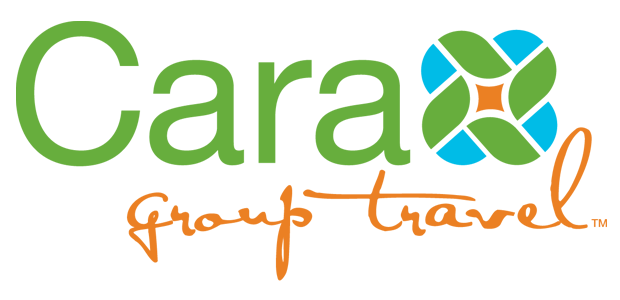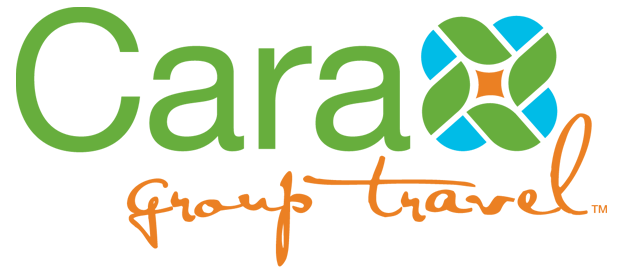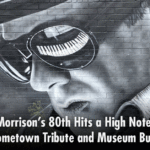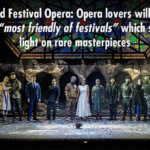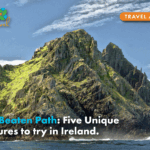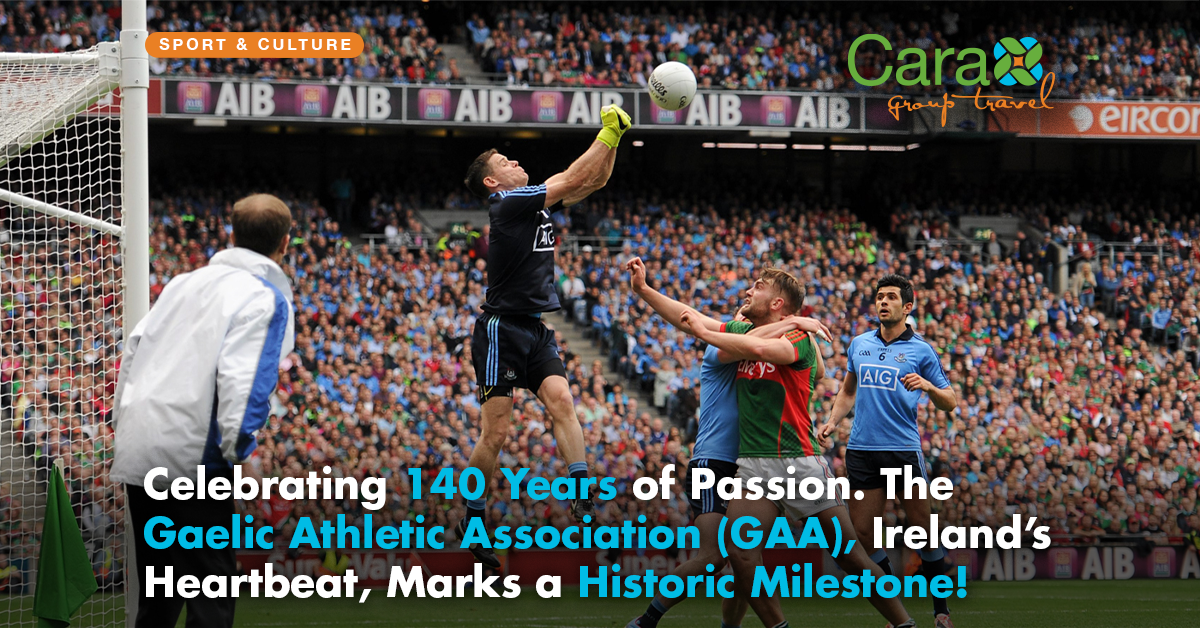
Ireland’s GAA celebrates its 140th anniversary
The GAA is Ireland’s largest sporting organization representing the unique national games of hurling and Gaelic football as well as handball and rounders. Camogie and ladies Gaelic football are governed by other associations but taken together these six sports make up the family of Gaelic games.
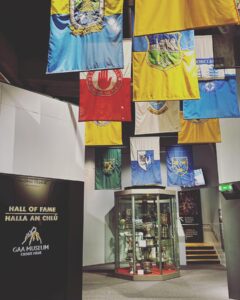
They say that Gaelic games represent the heart and soul of the Irish people and anyone who has ever been at a GAA football or hurling match will know that passions run high and the atmosphere is electric.
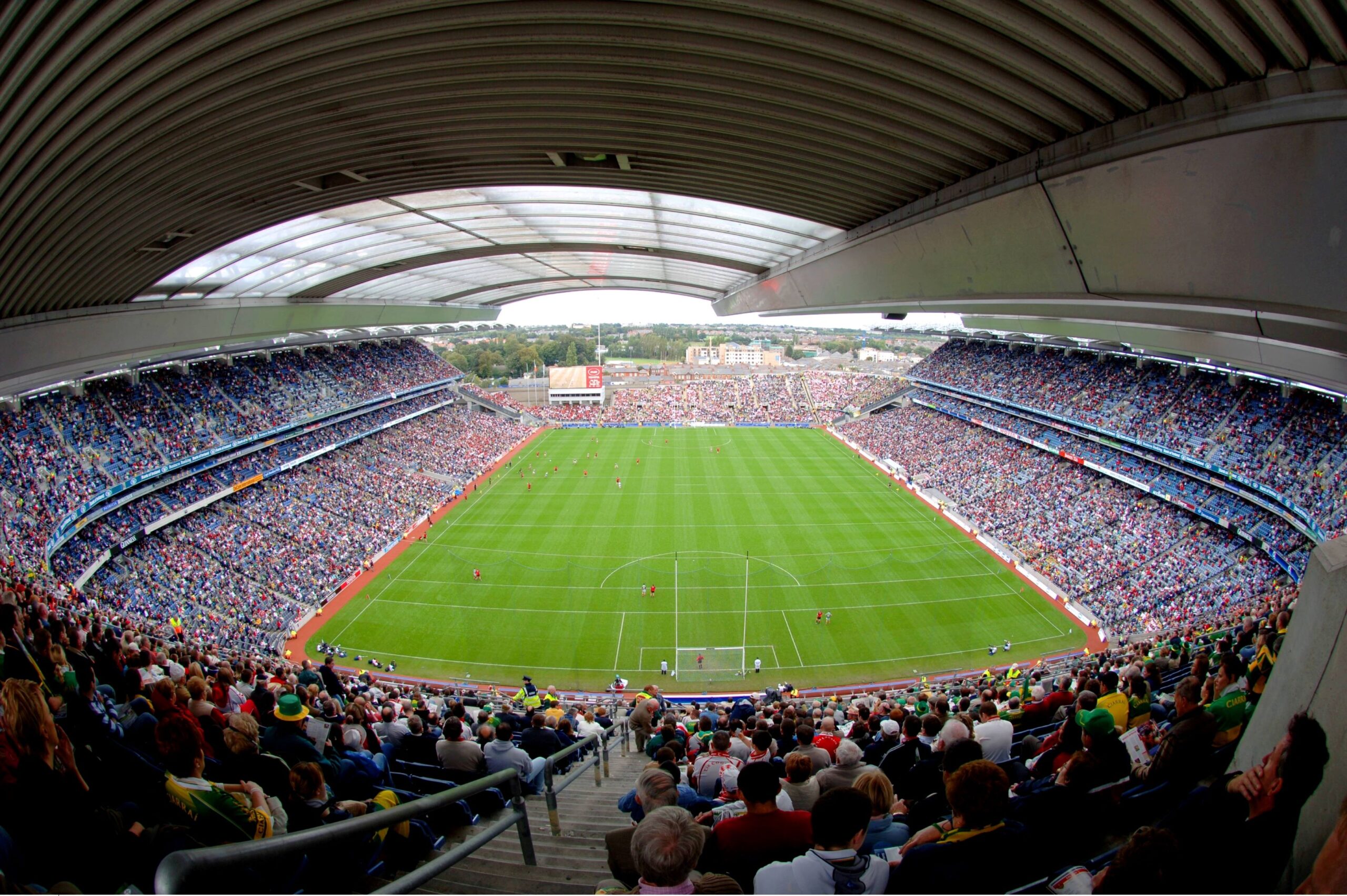
Recently, Gaelic football and ladies’ Gaelic football received formal State recognition as part of Ireland’s living cultural heritage, recognized alongside the weaving of a St Brigid’s Cross, Irish set-dancing and the Irish amateur dramatic tradition.
The four practices will join 38 others already recognized on Ireland’s National Inventory of Intangible Cultural Heritage, which include Irish traditional music, hurling and camogie, basketmaking and Traveller tinsmithing.
In 2018, UNESCO recognized hurling and camogie on its Representative List of the Intangible Cultural Heritage of Humanity. Hurling dates back to ancient Celtic times and is said to be the world’s fastest field game.
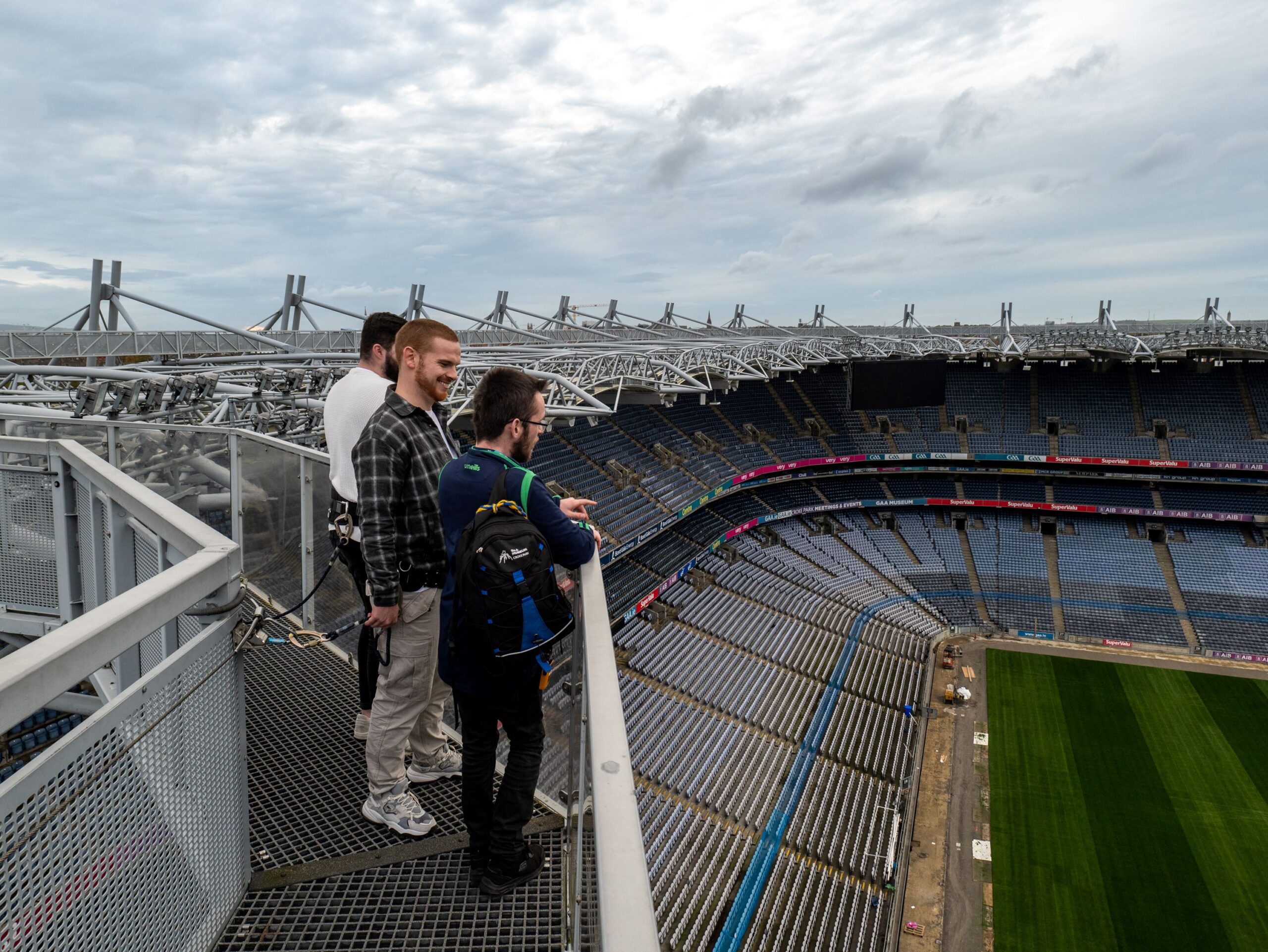
The home of Gaelic games, the GAA stadium in Dublin and its GAA Museum is a great place to discover the history of Ireland’s national sports and try your hand as a player in the Interactive Games Zone. You can also do a tour of the stadium, the third largest in Europe, and walk in the footsteps of the players. The tour takes in a visit to the team dressing rooms, a walk on the pitch and a chance to sit in a VIP seat.
While you’re there, experience the thrill of the Kellogg’s Skyline Croke Park Tour, a rooftop walkway that is 17 stories high and offers panoramic views over Dublin city and beyond.
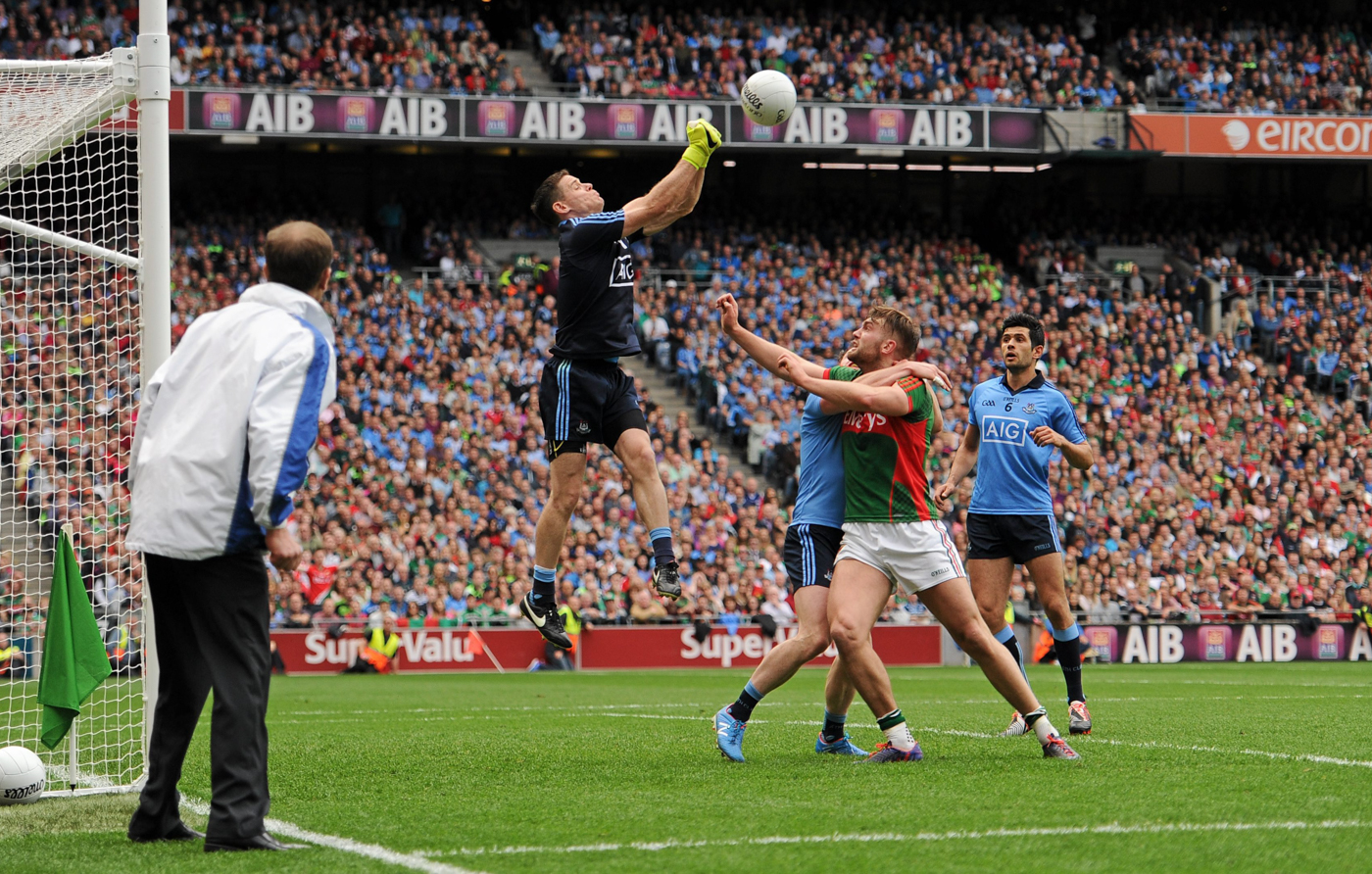
To further understand the importance of the GAA in Irish history and culture head to the National Museum of Ireland – Decorative Arts & History in Dublin. Here a temporary exhibition, GAA: People, Objects & Stories, illustrates the influence of the GAA through the lens of social history, design and popular culture. The exhibition includes fascinating items such as hurling balls made from matted cow hair with plaited horsehair dating to the fifteenth century, a medieval mether (communal drinking cup) and a 10-carat gold GAA medal made in New York, dating to 1936.
Are You Interested in Bringing Your Group to Ireland?
Contact Cara Group Travel at 617-639-0273 to speak to a representative, or fill out the quick contact form below and a representative will get in touch with you! If you have a travel question or a general inquiry, please do not hesitate to reach out to us.
